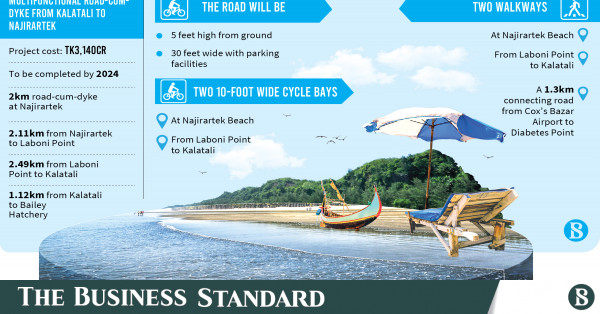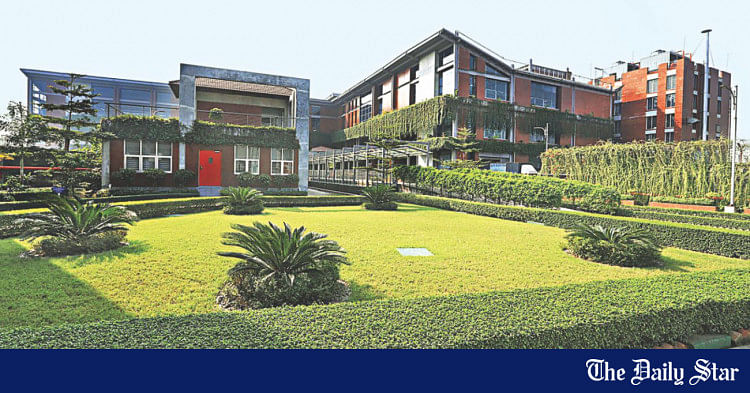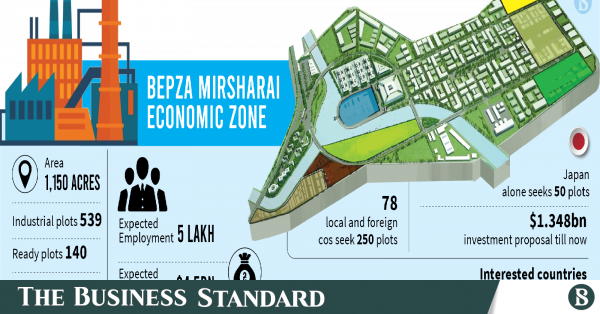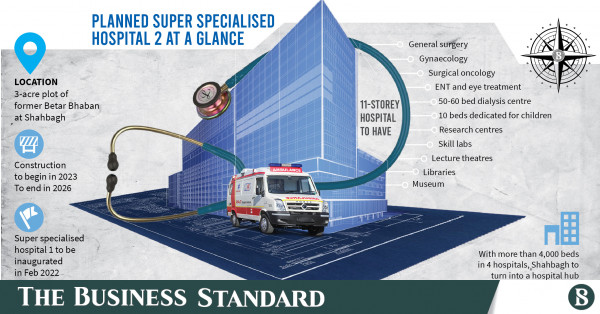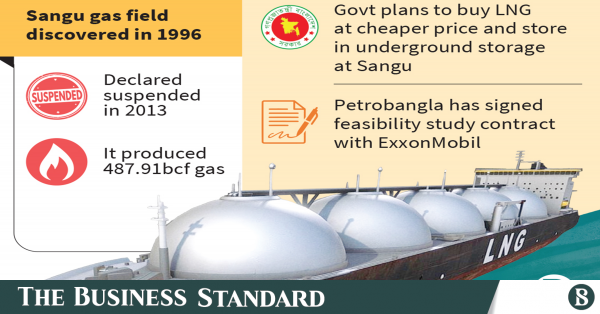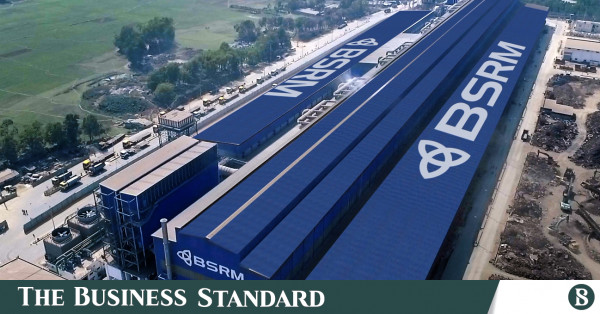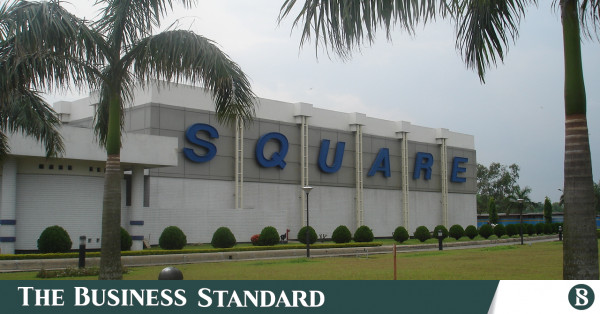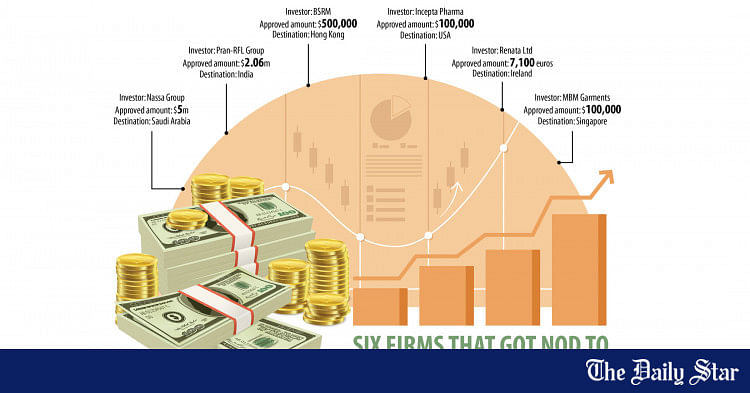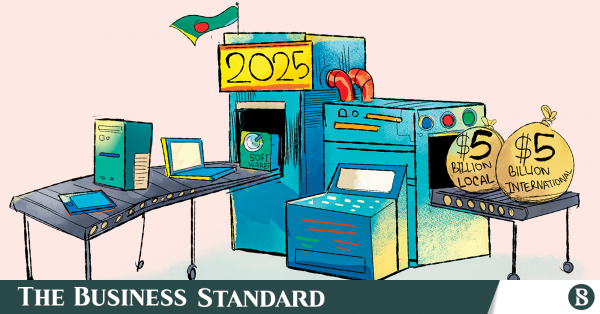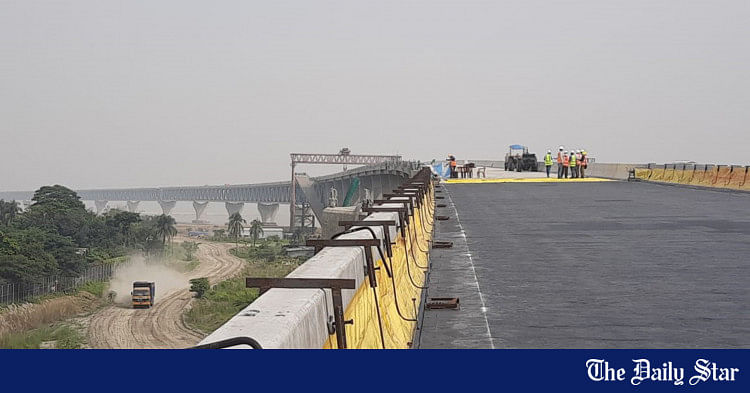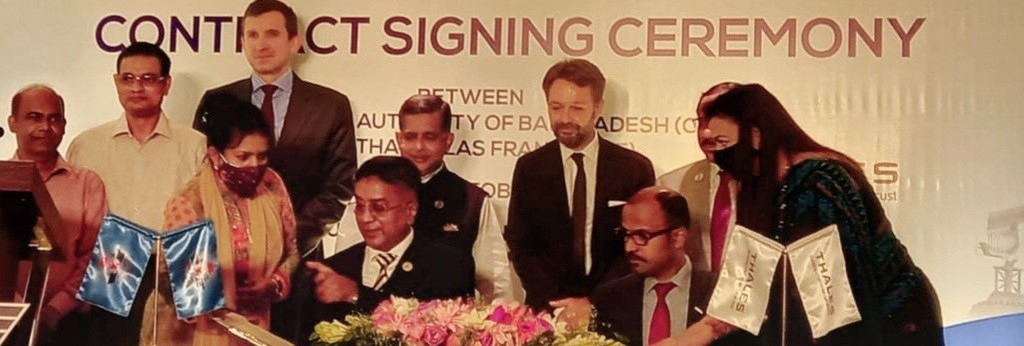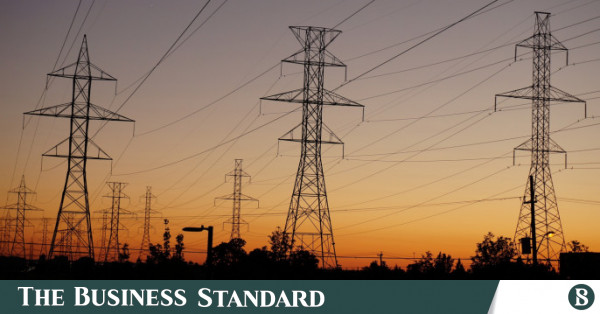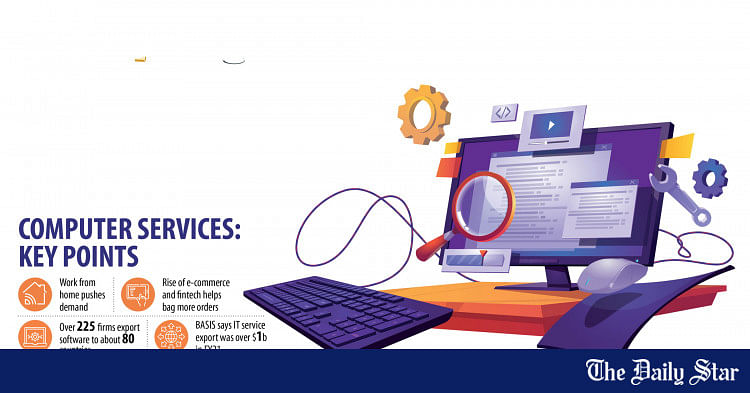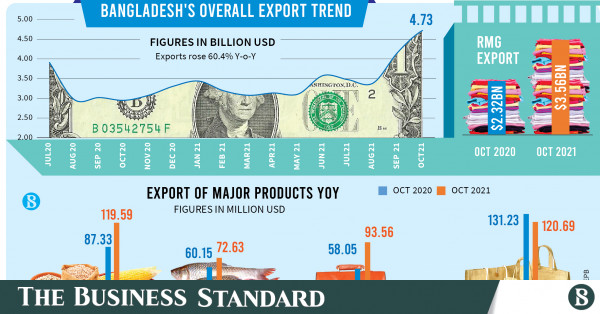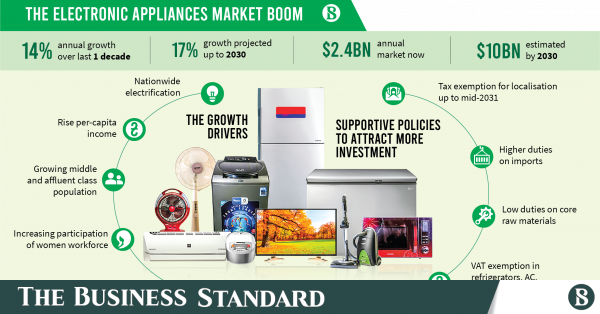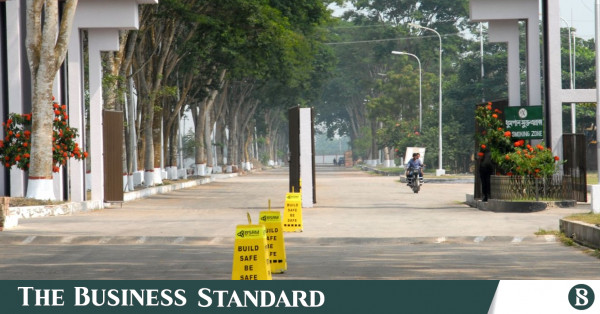Companies worldwide go beyond their home markets to achieve economies of scale, source raw materials cheaply, lower costs and capture new markets. Similarly, many Bangladeshi firms are expanding abroad to find larger markets for their products and services and power their next phase of growth. Their success will depend on how efficiently they run the overseas operations and the regulations Bangladesh puts in place to pave the way for the expansion and eliminate any scope for misuse.
Bangladesh's people have witnessed a huge surge in entrepreneurial spirit over the last couple of decades.
Beginning with investments in garments in the early 1980s and their subsequent success, entrepreneurs steadily pushed their boundaries to explore the international and domestic markets.
Today, local entrepreneurs have a strong presence in the global apparel market thanks to their courage and resilience, putting Bangladesh on the list of the top three garment exporters in the world.
On the domestic front, a number of sectors – steel, cement, pharmaceuticals, food and agro-processing – have staged a strong emergence over the last two to three decades. And the expansion drive by entrepreneurs continues.
Now, a growing number of entrepreneurs have set their sights on international markets to grow by joining the global value chain.
The Bangladesh Bank started allowing local firms to make investments abroad in 2014.
Till last year, it gave the nod to 10 firms to establish subsidiaries or open offices in various countries such as Malaysia, Singapore, Ethiopia and Kenya, according to a central bank document.
It also gave approval for $52.2 million to be invested altogether.The firms subsequently doled out$40 million. And at the end of June this year, the central bank granted permission to six more firms to invest a total of $7.77 million in India, Ireland, the US, Singapore, and Saudi Arabia.
The companies are the NASSA Group of Industries, Pran-RFL Group, Bangladesh Steel Re-Rolling Mills (BSRM), Incepta Pharmaceuticals, Renata, andMBM Garments Ltd.
Of the first 10 firms, Akij Jute Mills poured the whole $20 million it had received permission for into its subsidiary, Akij Resources SDN BHD, in Malaysia.
Square Pharmaceuticals invested $10 million to establish a pharmaceuticals plant in an export processing zone in Kenya from the approved amount of $16 million. It is yet to begin production.
DBL, one of the leading apparel exporters, set up a garment factory in Ethiopia, investing $5.5 million. It started production on a limited scale but could not make a profit, the BB said in a document prepared in the middle of 2021.
Another major firm, MJL Bangladesh Ltd, invested over $5 million in its subsidiary MJL-AKT Petroleum Company Limited in Myanmar.
MJL-AKT repatriated $1.3 million by selling products as of June 2019, while another concern, MJL (S) Pte Ltd in Singapore incurred losses, Bangladesh Bank data showed.
Service Engine BPO, a business process outsourcing company, formed a subsidiary, AIIM International EZE, in the United Arab Emirates, investing $5,700. It was able to bring back nearly $16,000.
Beximco Limited was granted permission to invest in Sri Lanka, but it could not make any progress afterwards as the authorities in the island country changed the rule regarding allowing foreign investment in pharmaceuticals, said an official of the company.
BSRM invested $27,500 until last year to set up a steel mill in Kenya out of the authorised amount of $4.87 million.
Tapan Sengupta, deputy managing director of the largest steel manufacturer in Bangladesh, says they have recently invested $400,000 to purchase land to establish a factory.
"We are in the process of setting up the factory," he said. BSRM has opened an office in Hong Kong to make it easier to source raw materials and explore export opportunities.
The BB, in June this year, allowed BSRM to invest $500,000 from its export earnings retention quota to open a subsidiary in Hong Kong.
The quota specifies the amount of export earnings that can be retained by a business in foreign currency in an account.
"Our first priority is to invest locally. At the same time, we want to tap opportunities abroad," Sengupta added.
Ahsan Khan Chowdhury, chairman and chief executive officer of Pran-RFL Group, said a plant in neighbouring Indiawould enable his company to expand its market.
"We now export our products to a number of states in India. Now, we are in a position such that we need to set up factories in India to expand to South, North and West India."
"We see a very good prospect. If we can replicate what we have learned there, we can be one of the top food companies in India."
Chowdhury thinks Bangladesh's corporate sector should be given the opportunity to make overseas investments so that they can gain greater market access.
"The US has given tariff benefit to African nations. If a company wants to invest there to avail duty advantages and export to the US market, the authority should allow it."
This will benefit Bangladesh as local firms will be able to repatriate profits from investments made abroad.
Khokan Chandra Das, chief financial officer of Renata, says the company wants to set up a subsidiary to export pharmaceuticals and associated products to the European Union.
There is a rule that requires firms to establish a fully-owned subsidiary in Europe in order to export products to the bloc, he said last month.
Incepta Pharmaceuticals Ltd wants to open a subsidiary in the US to market drugs.
"The US is the biggest market for pharmaceuticals. Our competitors are doing good in that market since they have offices there. We need to have an office," said Incepta Pharmaceuticals Chairman and Managing Director Abul Muktadir.
"If we are allowed to use our foreign currency earnings in the export retention quota freely, we could do much bigger things."
Khondaker Golam Moazzem, research director of the Centre for Policy Dialogue, said the interest in investing abroad was positive since the competitiveness of local firms had increased.
Over the past decades, particularly from 1980 onwards, liberalisation of policies encouraged private sector-led industrialisation, he said. And beginning with garments, industries expanded to other export and domestic market-oriented sectors.
"Now, we see a sense of confidence among entrepreneurs. They want to go abroad to try to expand the business."
"It can be said that our entrepreneurs have got a certain level of upgradation, and they are ready for global exposure," he added.
Moazzem, however, requests the government to ensure transparency in the whole process.
"As we are a country with a small foreign currency reserve base, the regulator should monitor whether investments are being made transparently and profits are being repatriated properly."
A separate policy is needed for overseas investments, he says, adding that time has come to evaluate the performance of firms that have already invested abroad.
Atiur Rahman, a former governor of the Bangladesh Bank who had overseen granting of a number of investment proposals while in office, said Bangladesh's entrepreneurs should continue learning by conducting experiments.
"We should keep the window open. But the authority should give permissions on a case-to-case basis. We can explore business prospects in countries where Bangladesh has already earned goodwill."
Bangladesh’s people have witnessed a huge surge in entrepreneurial spirit over the last couple of decades.

www.thedailystar.net
The government is making a roadmap to facilitate the production of digital devices in the country to boost export earnings in the information and technology sector from the current $1 billion to $5 billion by 2025.
At the same time, the domestic market for ICT products and IT-enabled services is expected to reach $5 billion.
The government believes products such as mobile devices, computers, and laptops will play a major role in tapping in the prospective $10 billion IT market at home and abroad within next four years, which is why the new roadmap is aimed at capacity building of the local digital device manufacturing industry as well as promoting and branding domestically manufactured products in international markets, according to the ICT Division.
Proper implementation of this roadmap is expected to create at least one lakh jobs in the digital device manufacturing industry. The country will then be able to export laptops and mobile phones worth about $2 billion after meeting the domestic demand.
The new roadmap, drafted by the ICT Division, has recently been sent to various ministries and departments for their feedback.
The ICT Division expects that the implementation of the "Made in Bangladesh" action agenda will make Bangladesh a major hub of ICT and IoT (Internet of Things) device manufacturing. It will also support the agenda of universal access, the division hopes.
Officials at the division said increasing consumption of digital devices and consumer gadgets by the emerging middle and affluent classes has built the foundation for assisting the entry of Bangladesh into the international high-tech manufacturing industry.
The new roadmap recommends prioritising the use of locally produced ICT products in government procurement. To this end, initiatives will be taken to raise awareness among government officials involved in public purchases. It also suggests setting up hubs in Singapore, the UAE, England or any other country to facilitate the export of domestically produced ICT products.
In this new roadmap, emphasis is being laid on various issues including creation of skilled manpower, improvement of product quality, quality assurance, assessment of global demand, promotion of local products in foreign markets, protection of intellectual property, and increasing research.
Besides the ICT Division, various ministries, divisions, and other government entities – including the Ministry of Commerce, the Ministry of External Affairs, the Ministry of Planning, the Ministry of Posts and Telecommunications, the Ministry of Industries, the Ministry of Education, the Bangladesh Computer Council, the Bangladesh High-Tech Park Authority, the Bangladesh Economic Zones Authority (Beza), the Bangladesh Investment Development Authority (Bida), the Bangladesh Export Processing Zones Authority (Bepza), the Export Promotion Bureau, the Bangladesh Standards and Testing Institution (BSTI), the Bangladesh Industrial Technical Assistance Centre (BITAC), the National Skill Development Authority, and the University Grants Commission – will work together to implement the roadmap.
Various private institutions and organisations of entrepreneurs will also have important roles to play in making the roadmap a success.
According to the International Data Corporation (IDC), Bangladesh imported 3.4 crore phones worth $1.18 billion in 2017, and the laptop market was valued to be at $300 million in 2018.
The Bangladesh High-Tech Park Authority – established to utilise the opportunity of exploring the potential of the market with a series of incentives – declared exemption of income tax for park developers, investors, exemption of import duty, regulatory duty, and supplementary duty for producing ATM kiosks and CCTV cameras, exemption of duties on importing capital equipment and construction materials by the investors.
The new roadmap is aimed at accelerating the "Made in Bangladesh" initiative by utilising these facilities.
The availability of workforce at a competitive wage structure, an increasing domestic market demand, and a favourable policy structure are some of the factors that make Bangladesh an attractive market for digital device manufacturing, believes the ICT Division.
The success stories of manufacturing companies, such as Walton, Samsung, Oppo, and Data Soft make the division confident about further development of the domestic digital device manufacturing industry in the upcoming days.
The division, however, has also identified some constraints in the process of the roadmap implementation, and high capital expenditure in Bangladesh tops the list.
The other major limitations that the division has found include a lack of skilled manpower, poor industry ecosystem, quality assurance and international certification for locally manufactured products, a lack of regulations to prioritise local products in government purchases, a lack of awareness about locally manufactured products, and an absence of appropriate financial stimulus for the digital device manufacturers.
Key strategic factors
The new roadmap has been formulated focusing on four strategic issues – capacity building at the local level in the public and private sectors, awareness building and branding, research and development, and policy support.
The roadmap includes a set of short-term action plans to be implemented by 2023. It also incorporates some mid-term and long-term ones to be executed by 2028 and 2031, respectively.
In the short term, the authorities will estimate the demand for technology products after analysing the local as well as international markets, and formulate strategies for capacity building and marketing.
During this period, testing labs will be set up at the initiative of universities to ensure the quality of IT products. The Ministry of Commerce will take up initiatives to increase exports through bilateral and multilateral international agreements. A hub will be set up in Singapore, Dubai, England or any other country to export goods abroad.
With the help of the ICT Division, universities will create five lakh skilled workers for the ICT sector in the country by this time. The National Skill Development Authority will develop international standard training modules and syllabi.
In the next two years, the Ministry of Foreign Affairs will take measures to understand the attitude of other countries towards Bangladesh and formulate and implement an action plan to overcome the negative attitude, if any.
The ICT Division will develop a national portal with details of ICT products produced in the country. Apart from that, steps will be taken to increase awareness among officials involved in government procurement about domestic products.
The National Board of Revenue (NBR) will work to bring down various tariffs and taxes on the digital device manufacturing industry and its backward linkages to a reasonable level.
The Ministry of Finance will take steps to provide loans on easy terms to the manufacturers of ICT products, while the Ministry of Commerce will look after the issues relating to incentives for the export of these products.
What experts say
AKM Fahim Mashroor, former president of the Bangladesh Association of Software and Information Services (BASIS), told The Business Standard that the initiative to reduce imports by increasing production of ICT products and to increase exports is commendable. He, however, suggested prioritising value addition, saying, "Without a plan to increase value addition, such initiatives will not yield desired outcome," mentioning that most of the entrepreneurs in the IT products manufacturing sector currently import almost 100% of the materials from abroad and only assemble those in their factories.
"Since the assembled products are not taxed as finished products, the government is being deprived of revenue. On the other hand, the factories are being run by employing only a nominal number of people."
Citing an example, he said the Bangladesh factory of Chinese mobile phone brand Xiaomi had started operation a couple of days ago with only 250 employees. If all the materials were produced in the country, thousands of people could be employed, he added.
"Even though the country has attached importance to industrialisation, the issue of backward linkages has remained neglected. If raw materials cannot be produced in the country, value addition will not increase. There will be no employment."
Fahim Mashroor also suggested imposing a certain amount of value-addition obligation on local digital products manufacturers to qualify for various facilities, including tax exemption.
BASIS President Syed Almas Kabir said, "The software development and solution sector in the country reached a stable position. We have to strengthen the hardware industry in line with the software industry."
Mentioning that some dozen companies have started producing mobile phones in the country and very few producers are manufacturing laptops, he said, "It is a fact that local factories would assemble digital devices at the initial stage and it would take time to increase the value addition at a standard level after a significant level of skills and knowledge transfer."
He stressed having a clear vision and roadmap to increase value-addition and employment generation.
Lauding the initiative to develop the roadmap, Almas Kabir said, "The roadmap is very essential as the level of investment in high-tech parks is very low. There is a lack of coordination among several ministries and divisions concerning the digital device industry. The roadmap would boost investment and ensure cooperation."
The digital device manufacturing industry is expected to create at least one lakh jobs

www.tbsnews.net
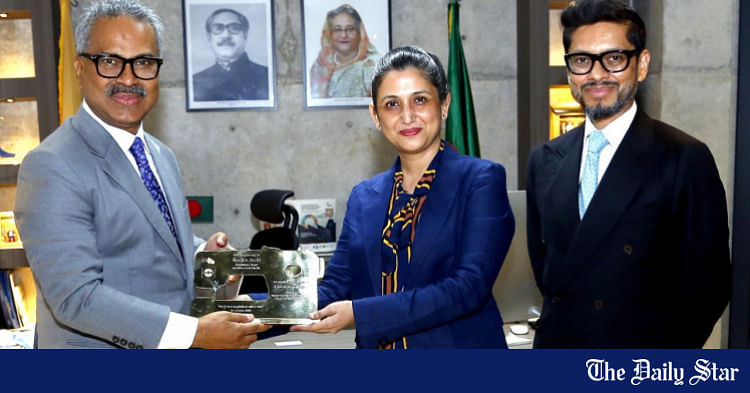
 www.thedailystar.net
www.thedailystar.net



